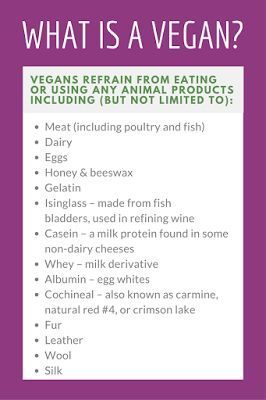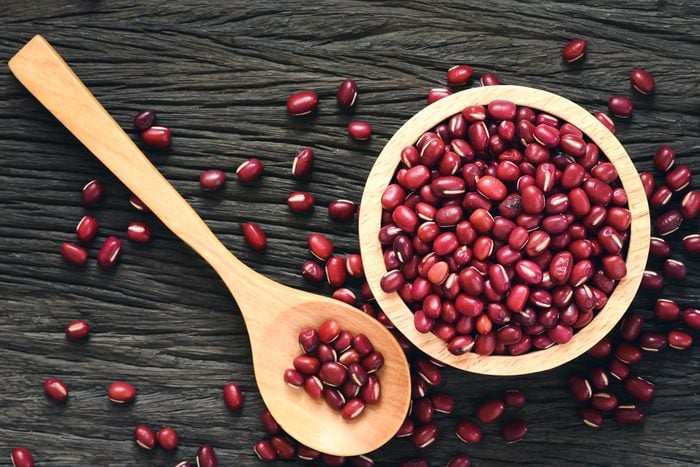
Having a good diet plan for arthritis can improve the quality of life for arthritis patients. There are many dietary options that can be used to reduce the inflammation and pain associated with arthritis. Proper diet can also prevent joint damage.
It is possible to avoid certain foods when you have arthritis. Vegetarian diets are the best for arthritis. They can reduce pain in joints and help with discomfort. This diet plan includes plenty of fruits and vegetables, as well as omega-3 fatty acids from fish. The two most important symptoms of arthritis, pain and inflammation are reduced by omega-3 fatty oils found in fish. These acids also have a calming impact on the body, decreasing stiffness and alleviating arthritis pain.
A diet plan to treat arthritis should avoid high-sodium meals, as these can lead to swelling. Saturated fat should be avoided. Saturated fat can worsen the symptoms of arthritis and lead to obesity. Sugary foods can cause inflammation. The glycemic index of refined and processed carbohydrates, including white bread, crackers, and potato fries, is very high.

Foods that you should include in your diet plan for arthritis include: Omega-3 fatty acids, which are found in fish, flaxseeds, and walnuts. These antioxidant-rich veggies and fruits will help prevent the degrading of cartilage. Antioxidants can also help prevent many health problems by strengthening the capillary walls.
The omega-3 fatty acids also help reduce weight, which is important in arthritis patients. They may also reduce inflammation and pain and prevent joint damage.
You should also include vegetables in your diet plan for patients with arthritis. These foods are full of nutrients and vitamins. These vegetables contain antioxidants which are vital for the production of collagen and other structural elements of the body. Whole pulses are also part of this diet plan for arthritis. They're high in fiber. You can also steam, poach, or cook fish. Fish is also rich in protein. These proteins can strengthen bones and relieve joint pain.
It is essential to drink lots of water. Water can help reduce inflammation and protect cartilage. Water should be consumed prior to meals. It is also beneficial to reduce your weight by drinking lots of water. Also, avoid drinking alcohol. The blood levels of uric acids are increased by alcohol, which can lead to more pain in the joints.

You can also drink tea, which has a strong anti-inflammatory effect. Tea can help reduce arthritis pain, and it is also great for maintaining cartilage. It is recommended to drink tea with lemon. Tea also contains polyphenols, which are beneficial for arthritis patients.
The best diet plan to combat arthritis is one that's balanced and rich in antioxidants. Also, the fatty acids found in fish can be beneficial to your joints and heart. You will be able decrease pain and inflammation.
FAQ
How do I measure body fat
The best way to measure body fat is with a Body Fat Analyzer. These devices measure the body fat percentage in people who wish to lose weight.
Here are 7 ways to live a healthy lifestyle.
-
Make sure you eat right
-
Exercise regularly
-
Good sleep
-
Drink lots of water
-
Get enough rest
-
Be happy
-
Smile often
What's the difference between a calorie and kilocalorie?
Calories refer to units that are used for measuring the amount of energy contained in food. Calories is the unit of measurement. One calorie is equal to one degree Celsius in energy.
Kilocalories can also be used to refer to calories. Kilocalories are measured in thousandths of a calorie. 1000 calories equals 1 kilocalorie.
Statistics
- WHO recommends reducing saturated fats to less than 10% of total energy intake; reducing trans-fats to less than 1% of total energy intake; and replacing both saturated fats and trans-fats to unsaturated fats. (who.int)
- According to the Physical Activity Guidelines for Americans, we should strive for at least 150 minutes of moderate intensity activity each week (54Trusted Source Smoking, harmful use of drugs, and alcohol abuse can all seriously negatively affect your health. (healthline.com)
- In both adults and children, the intake of free sugars should be reduced to less than 10% of total energy intake. (who.int)
- nutrients.[17]X Research sourceWhole grains to try include: 100% whole wheat pasta and bread, brown rice, whole grain oats, farro, millet, quinoa, and barley. (wikihow.com)
External Links
How To
27 Steps to a Healthy Lifestyle when Your Family Buys Junk Food
Cooking at your home is one of the easiest ways to eat healthier. However, this is often difficult because people do not know how to prepare healthy meals. This article will offer some suggestions on making healthier choices when dining out.
-
Consider eating at restaurants that serve healthy meals.
-
Order salads, vegetables and meat before placing your order.
-
Ask for sauces that aren't sweetened.
-
Avoid fried foods.
-
Request grilled meats instead of fried ones.
-
Don't order dessert unless your really need it.
-
You must ensure that you have something more to eat after your dinner.
-
Take your time and chew slowly.
-
Drink plenty of water while eating.
-
Do not skip breakfast, lunch or dinner.
-
Fruits and vegetables are a great addition to every meal.
-
Consider drinking milk instead of soda.
-
Try to stay away from sugary drinks.
-
Limit the amount of salt in your diet.
-
You should limit how often you visit fast food restaurants.
-
Ask someone to join you if you cannot resist temptation.
-
You should not allow your children to watch too many TV programs.
-
When you are eating, keep the TV off.
-
Drink no energy drinks
-
Take regular breaks from work.
-
Exercise early in the morning.
-
Move every day.
-
Start small, and work your way up.
-
Realistic goals are important.
-
Be patient.
-
Find time to exercise even if you don't feel like it.
-
Use positive thinking.